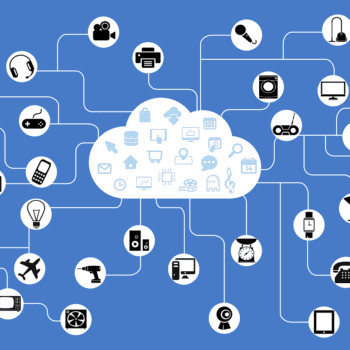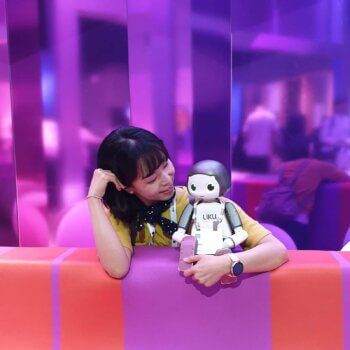Disney and Studio Ghibli are often compared when it comes to making really great animation. Both continue to push the envelope of what animation is and what it means to tell an animated story. However, both see progress in a different light and go about achieving it in contrasting ways.
The Disney Approach
While Walt did, at least during production, make a point of creating great stories, they rarely challenged the status quo. Indeed they fell back on, and relied upon, long established tales, fables and stories that Walt knew would resonate with audiences.
In addition to punching up the characters, Disney was also alert to technological advances that, while mostly being oblivious to the public, almost certainly gave him the edge over his competitors. Combined with the right talent, Disney hit on a winning formula and hasn’t really looked back since.
That, in a sense, sums up their approach to animated progress. Solid storytelling applied with a good dose of technological flair. Sure there was a bit of a malaise in the 70s and 80s, but the Little Mermaid helped pioneer the CAPS system and almost simultaneously, CGI began to be incorporated into Disney features in at least some capacity.
By extension, Pixar have the same mindset Their films, while exceptional have had a consistent and relentless technological drive behind them that shows no sign of slowing down. Think the point that was hammered home for Monsters Inc. about the rendering in Sully’s hair and you get the idea.
Coming right up to today, Frozen represents the latest step with a story that is as old as the hills, but created with technology that supposedly had the ability to make every snowflake unique.
The Studio Ghibli Approach
Often referred to the Walt Disney of Japan, Hayao Miyazaki and Studio Ghibli have taken a different track when it comes to animation progress. To some, it may seem bizarre; they do, after all, still use traditional paper. Disney abandoned that a decade a ago, how could that be considered progress?
Disney took the all-or-nothing approach to technology and animation. Ghibli on the other hand has instead decided to use technology to enhance traditional animation and to take advantage of the benefits computers offer without having them dictate the look of the film.
A Pixar film will immediately appear to have been made on a computer. But what about Spirited Away? You wouldn’t think that was a CGI film would you? Yet it was with approximately 99% of the film having a CGI component in it in one form or another.
What it boils down to is that Studio Ghibli focus on making exquisite films first and foremost and using stories to drive what they believe to be progress in animation. Technology is merely a background tool that assists them in the process in contrast to Disney who proudly proclaim how advanced their films are.
To that end, which approach is best? Would you rather see a film that is touted as being highly technical or one that has a great story and characters? I know which one I would plump for, what about you?
_______________________________________
About the Author
This article was written by Charles Kenny of The Animation Anomaly. Animation is a fascinating industry with a long and varied history that is steeped in the culture of many nations. Even so, it is quite uncommon for a civil engineer to take in interest in it, which is why Charles Kenny is considered the Animation Anomaly; he’s the only one! From Charles’ unique vantage point, The Animation Anomaly posts on a wide variety of animation topics that often include a visionary theme reflecting on the future of the industry and its place in the developing digital media world. see more.



































